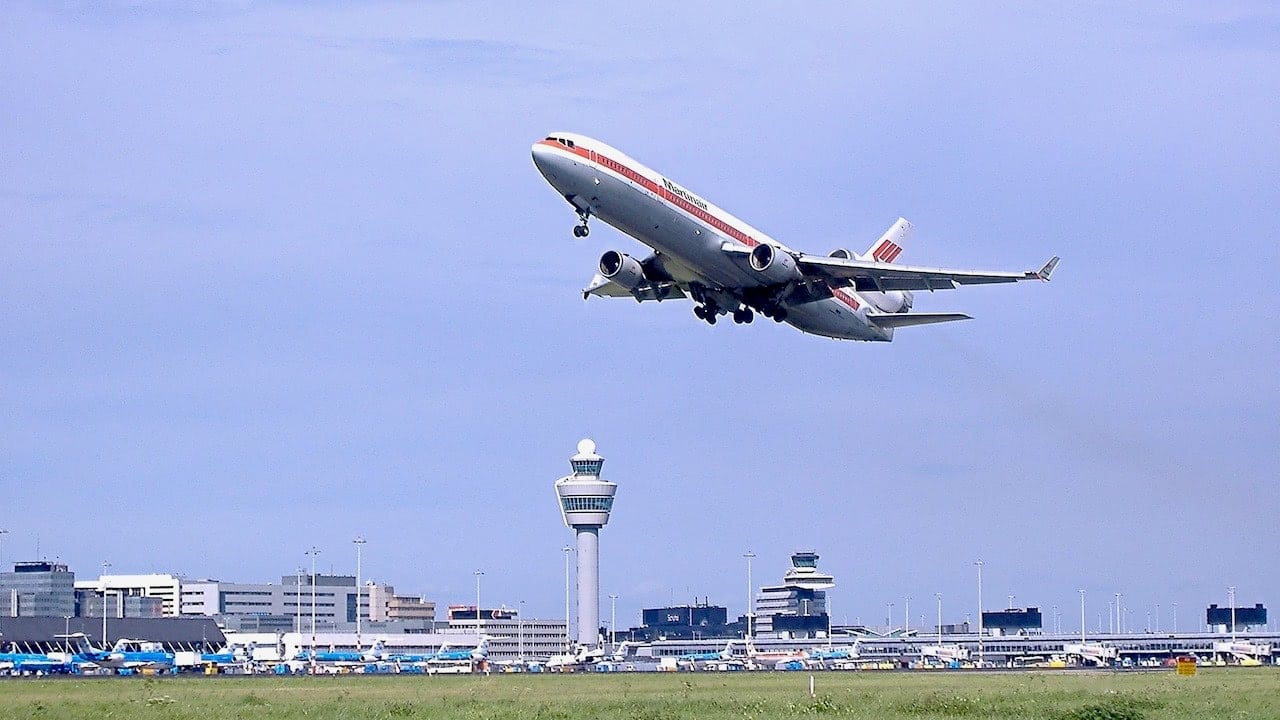You have probably noticed how the sound of moving objects varies depending on whether they are becoming closer or moving away from us. Well, this is the Doppler defect.
And we are not talking about the intensity of the sound but its tone, which can vary until it is unrecognisable. But let’s just take a step at a time.
In today’s post we look at what the Doppler effect is, what it consists of and above all, we will look at specific examples that’ll make it so much easier to understand. Are you ready? Let’s get started!




